The Guider, a new 18′ 7″ expedition boat from Chesapeake Light Craft (CLC), has been a development project for CLC’s designer, John Harris, and John Guider, a professional photographer and small-boat adventurer based in Nashville, Tennessee. The two have known each other now for 10 years and had previously collaborated on the Skerry Raid, a slightly beamier and partially decked version of CLC’s 15′ Skerry sail-and-oar boat. John G. used the prototype to travel the 6,500-mile “Great Loop” of the eastern United States. The Guider was designed and built for John Guider’s solo of the 2019 Race to Alaska (R2AK), a 750-mile human- and wind-powered race from Port Townsend, Washington, to Ketchikan, Alaska. Compared with the Skerry Raid, the Guider design features more storage space and comfortable sleeping accommodations, and has the seakeeping ability to push harder in rough and windy conditions. For approaching the beach, the centerboard is retracted and the rudder is lifted from its trunk.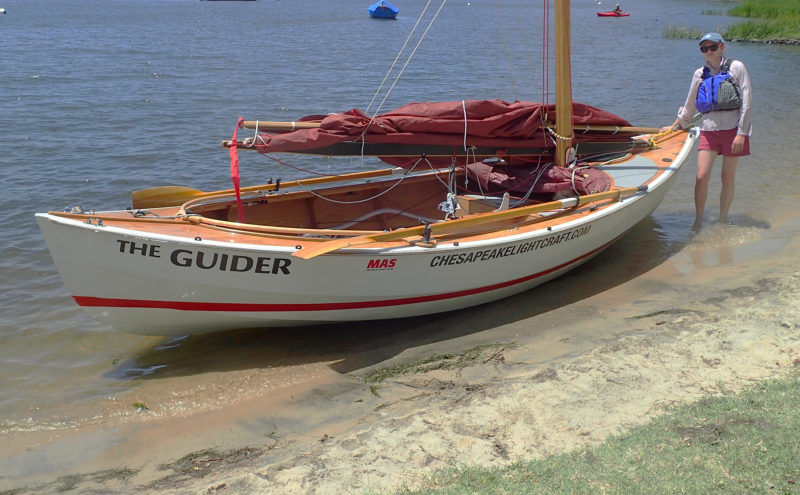 Brian Forsyth
Brian Forsyth
Join The Conversation
We welcome your comments about this article. If you’d like to include a photo or a video with your comment, please email the file or link.
Comments (10)
Leave a Reply
Stay On Course

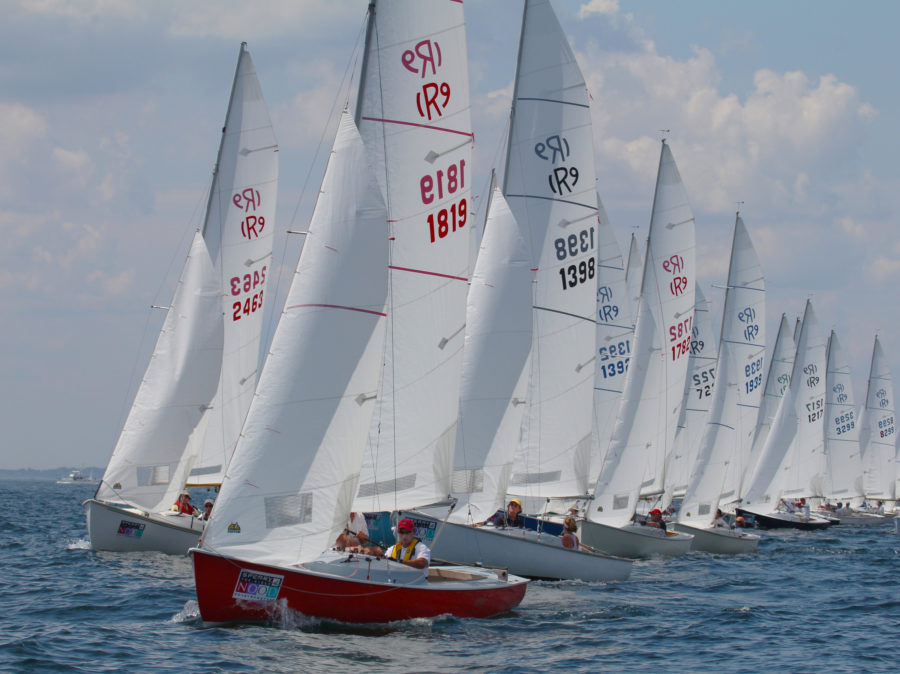
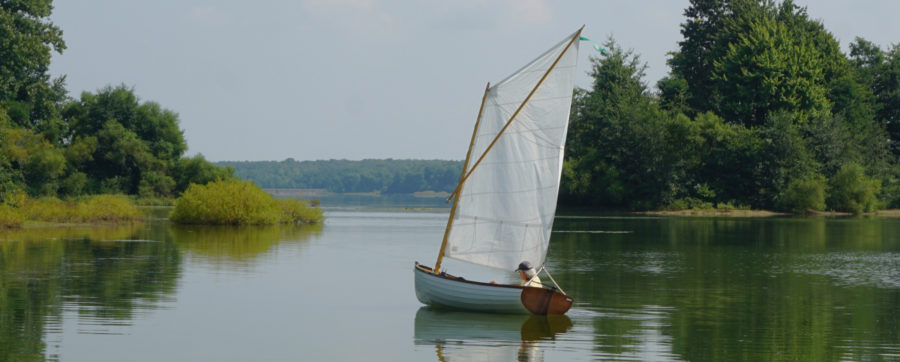
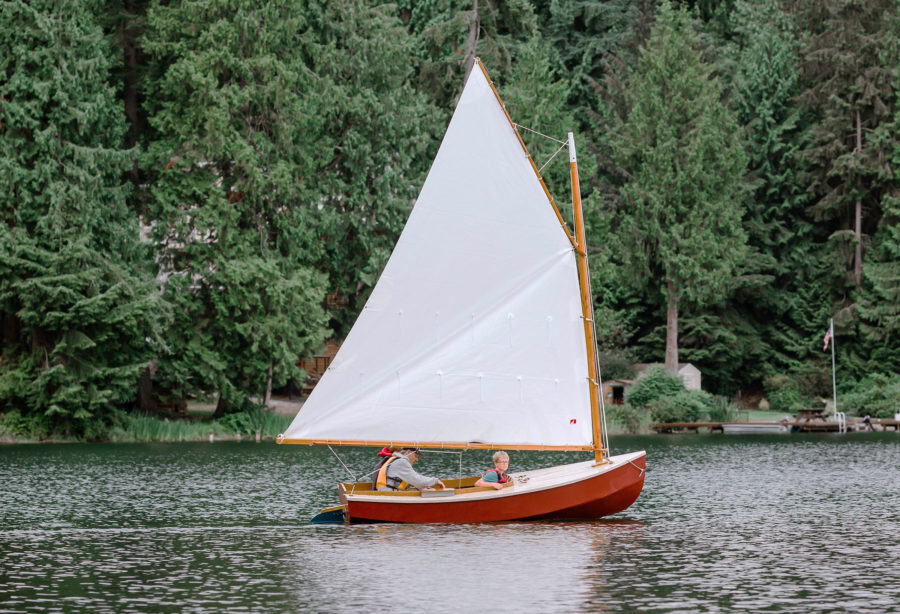
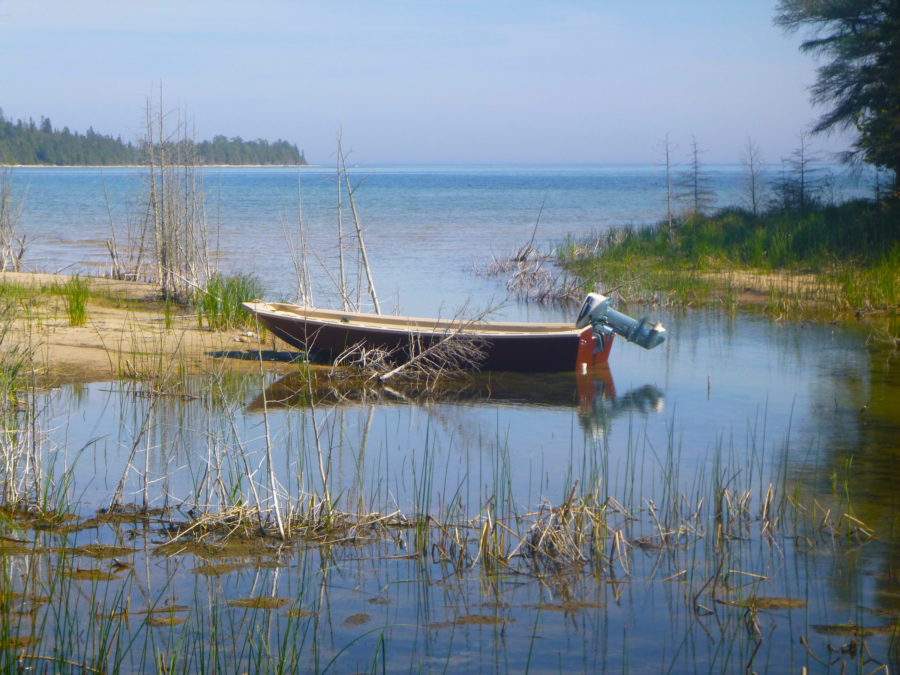
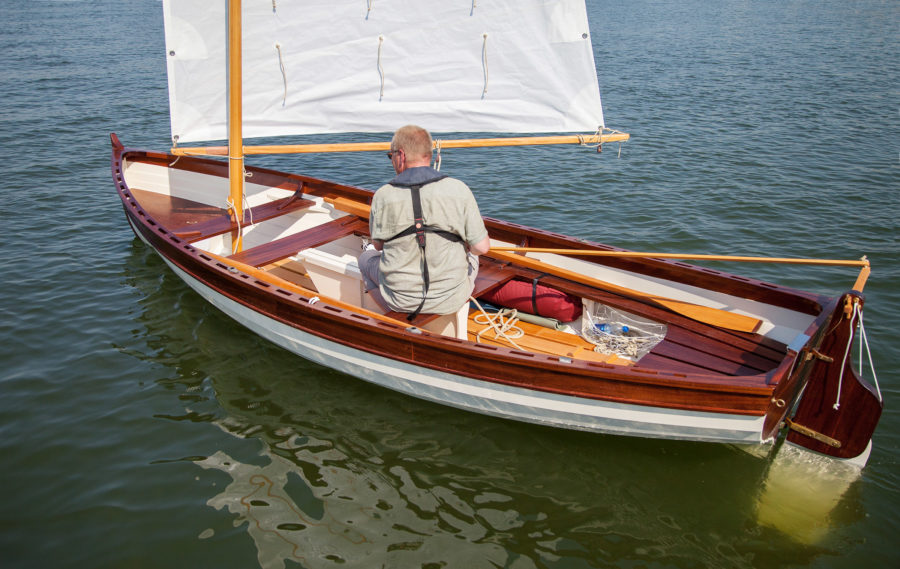
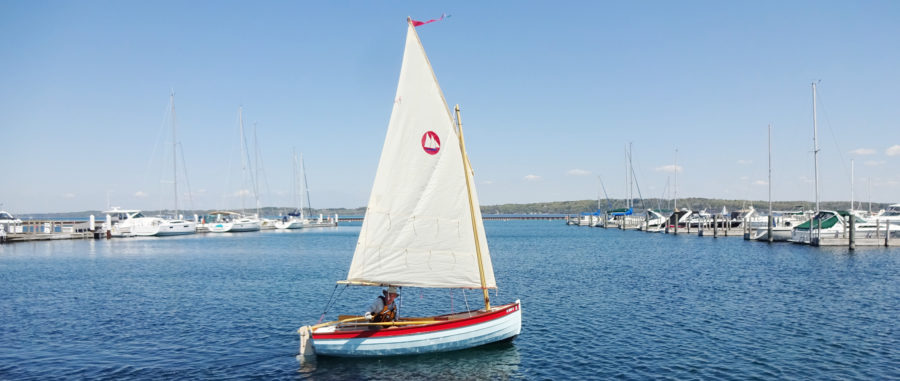
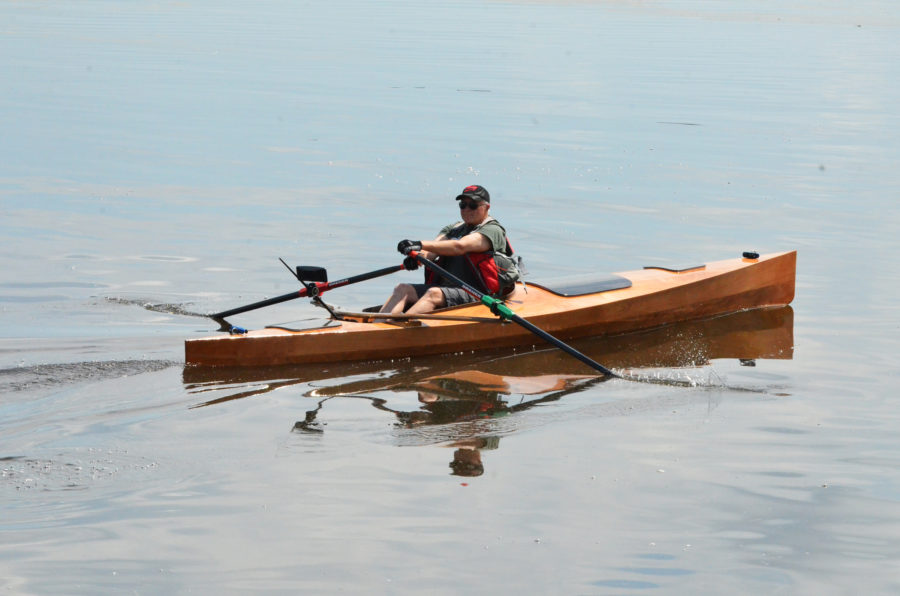
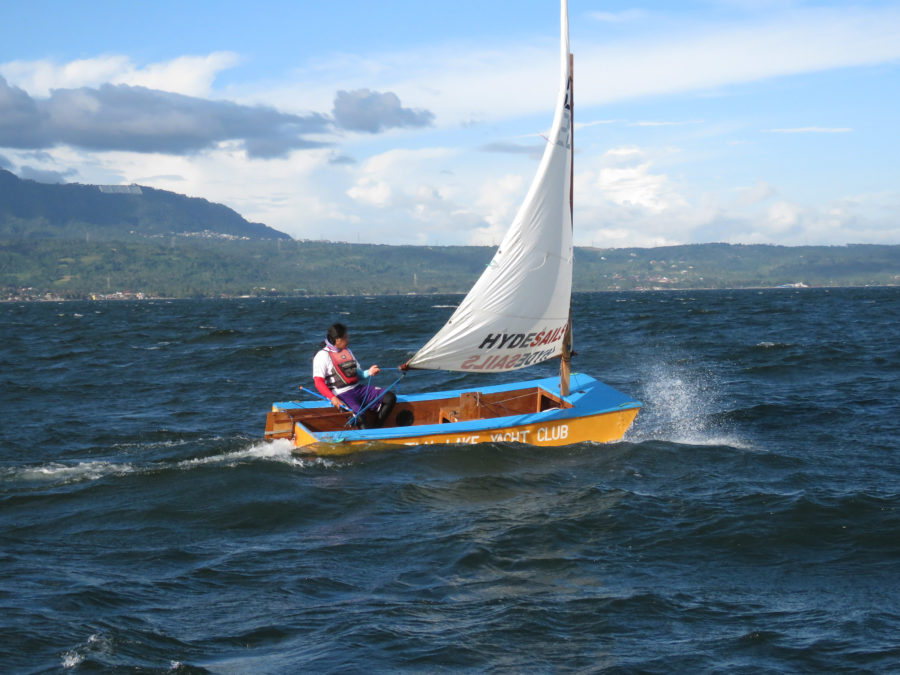
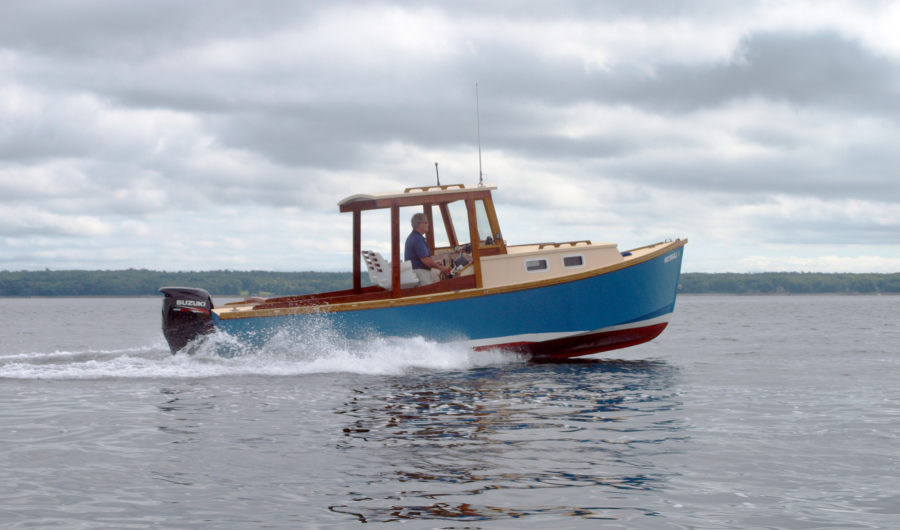
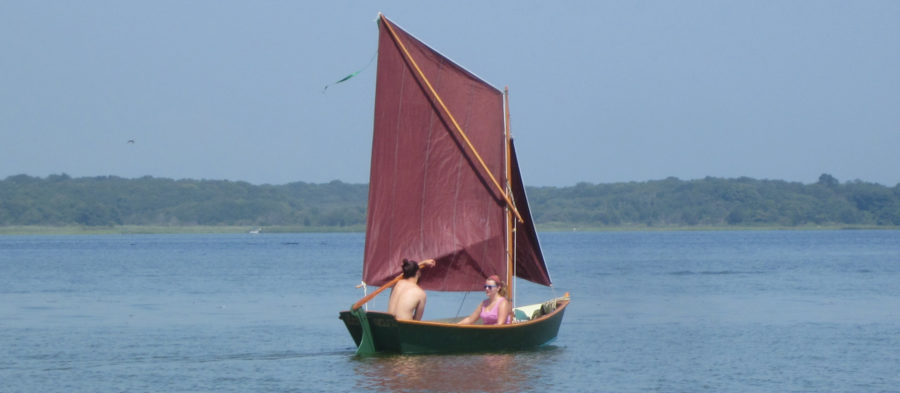
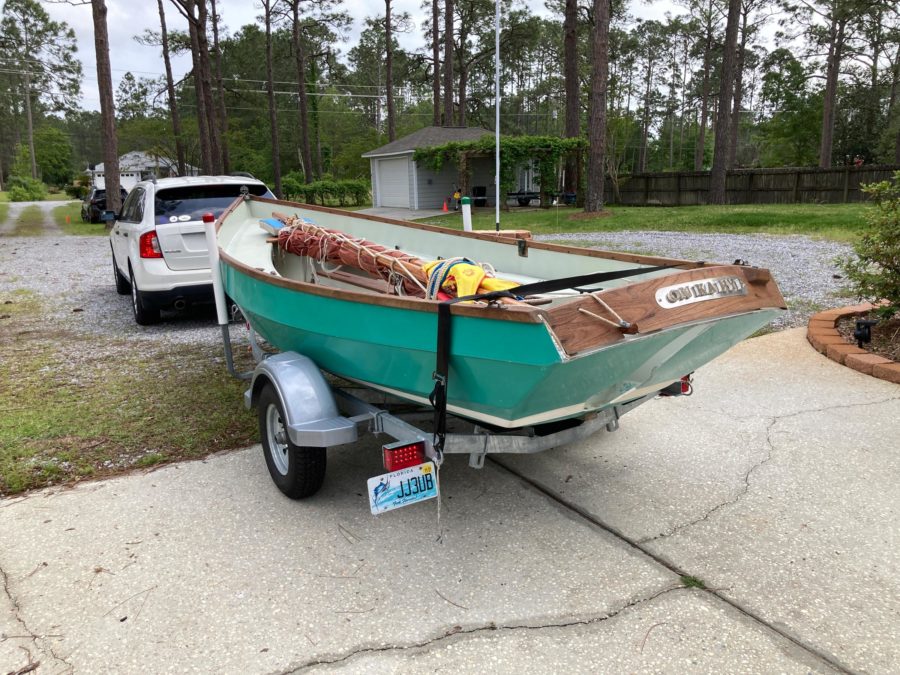
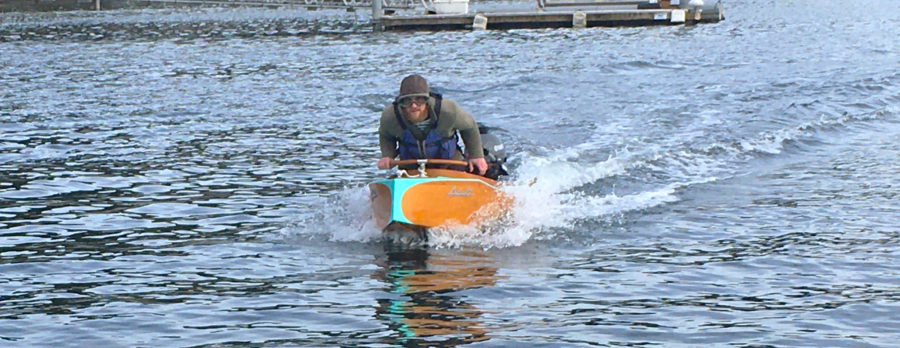
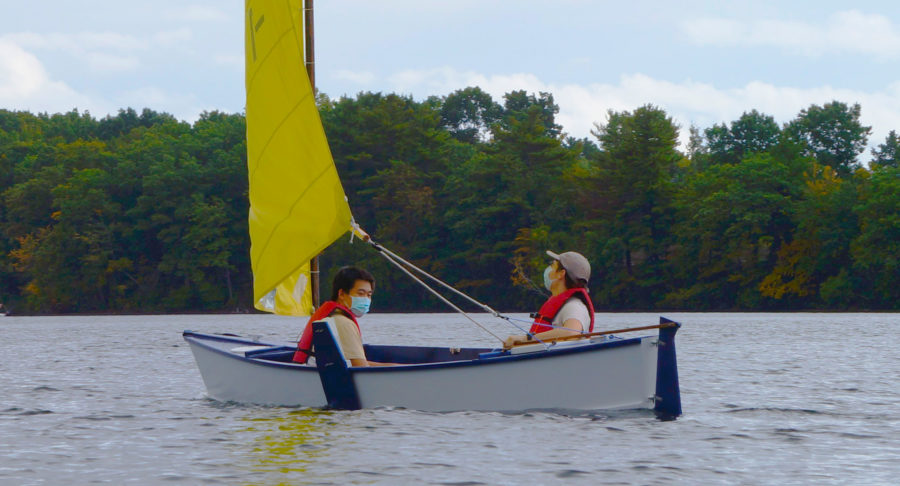
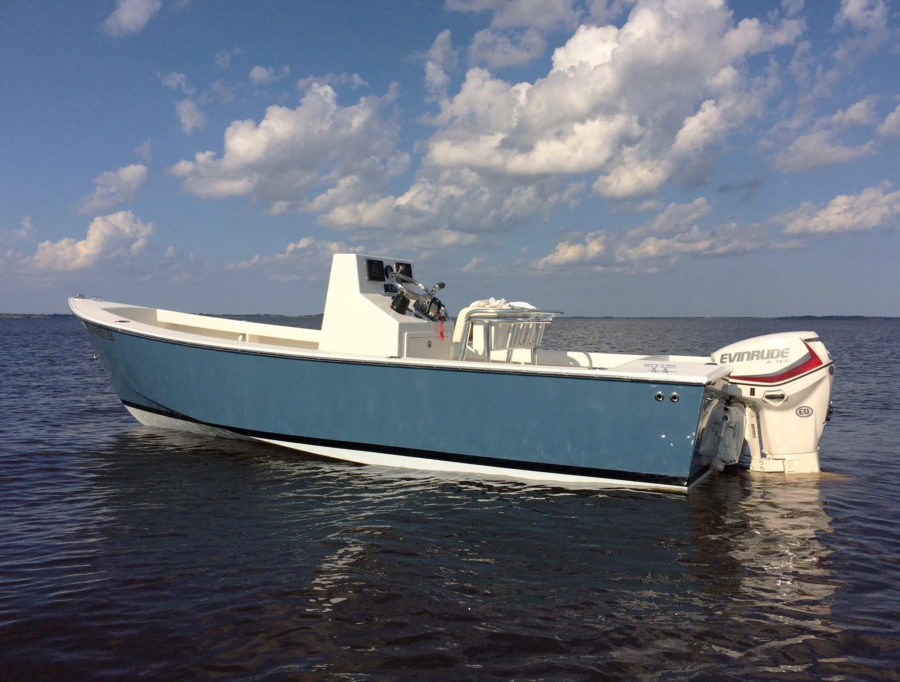
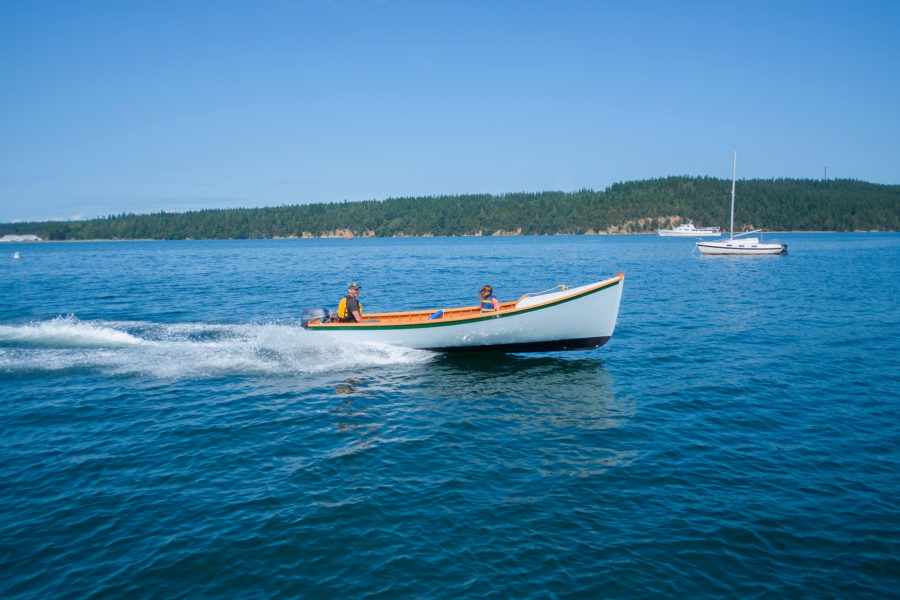
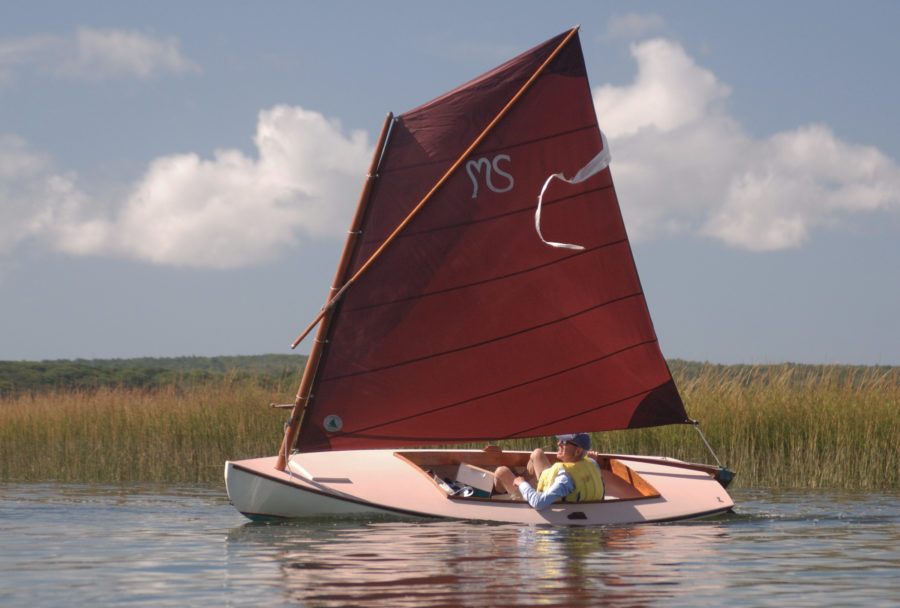
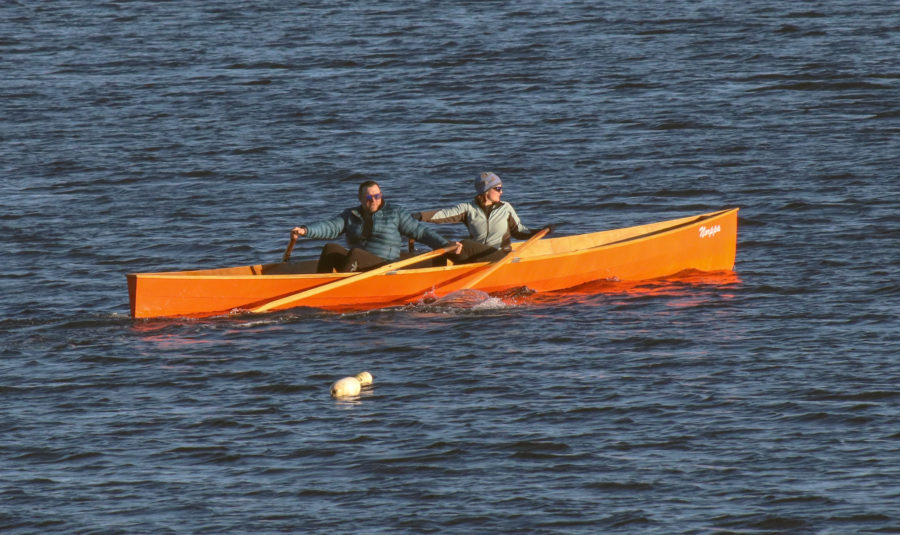
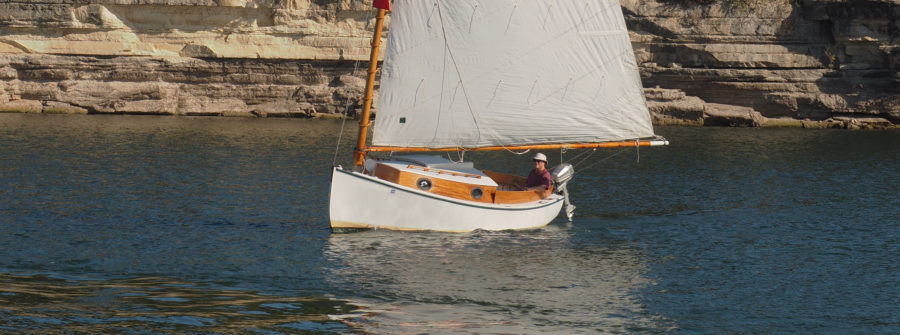
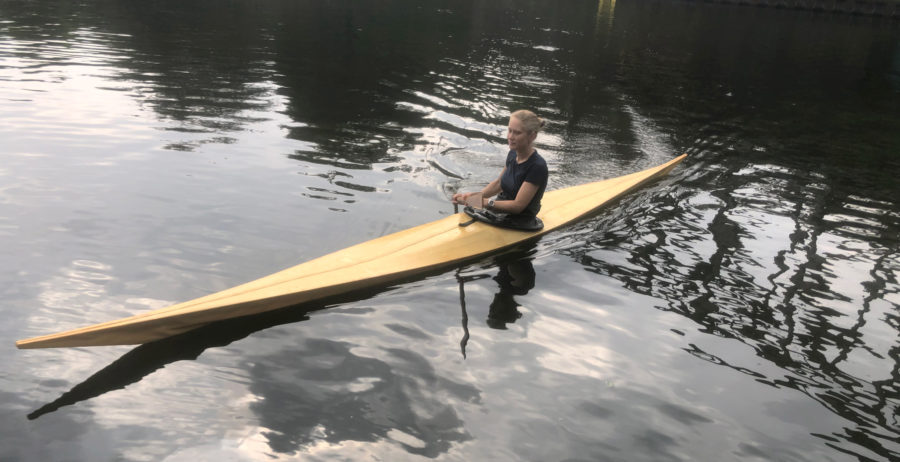
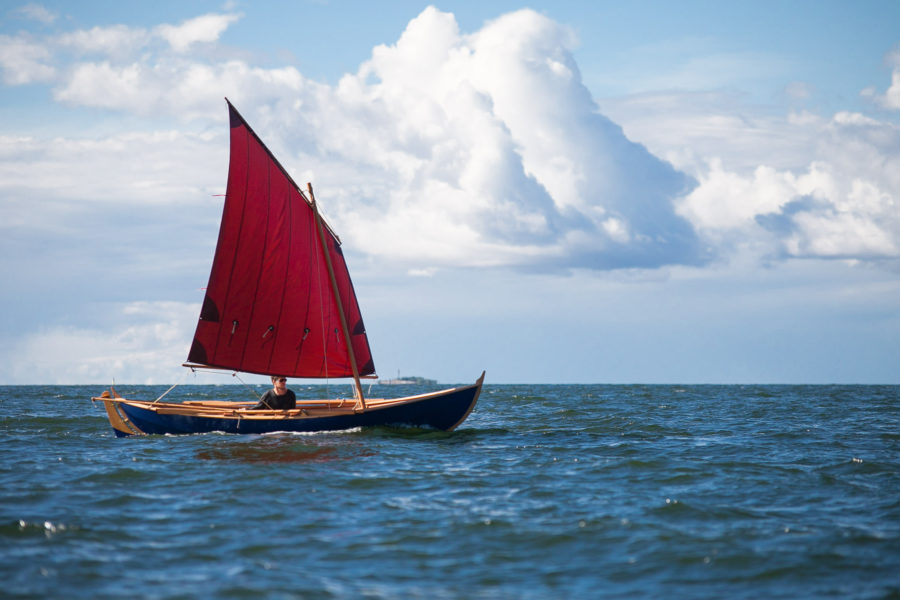
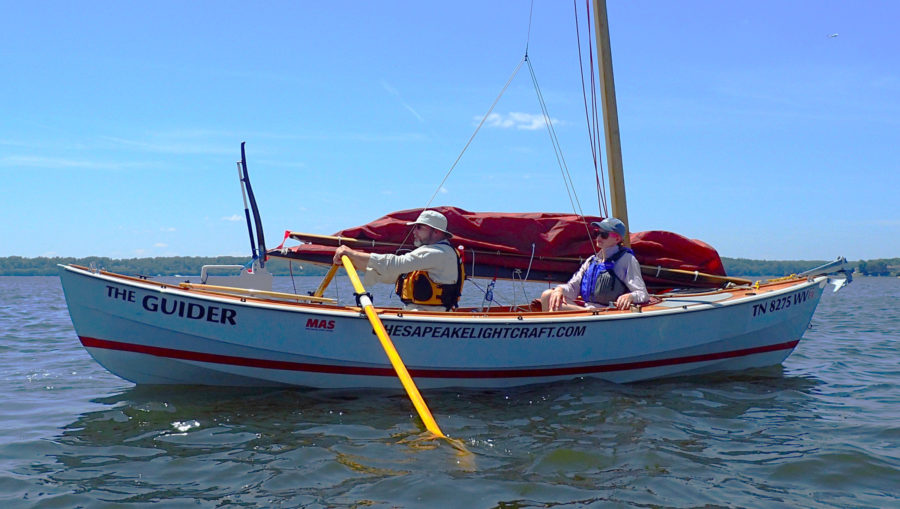
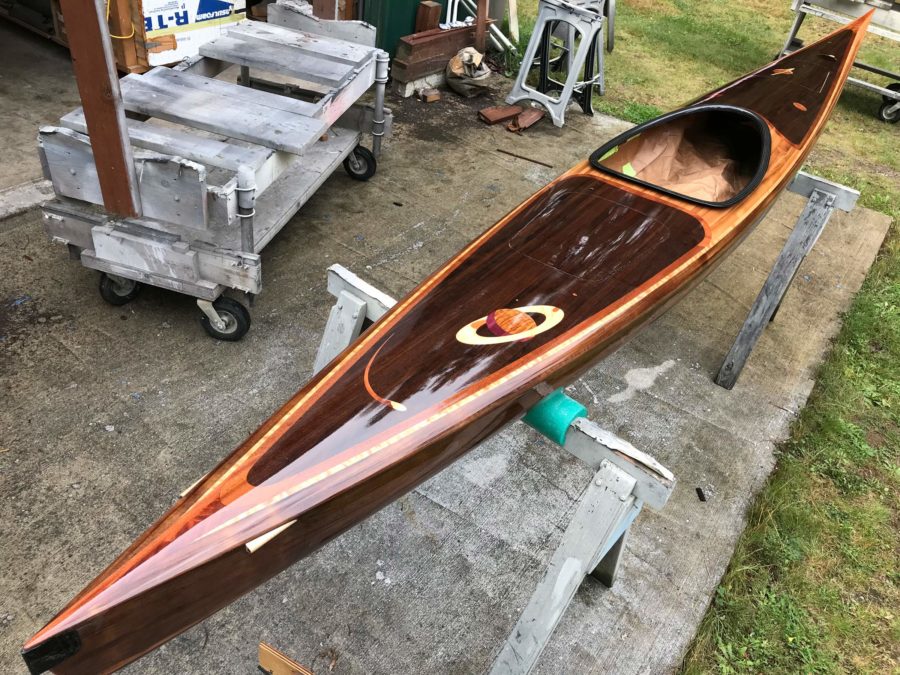
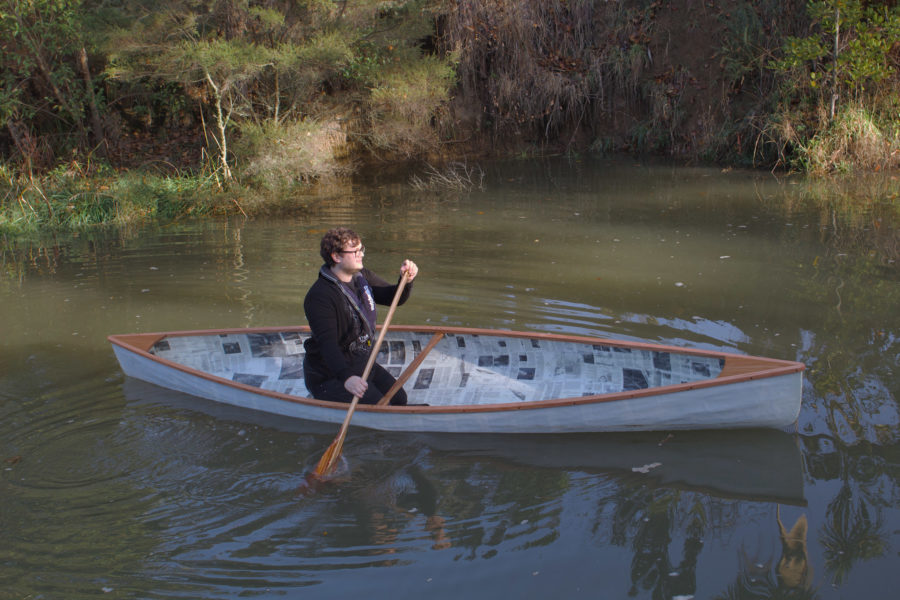
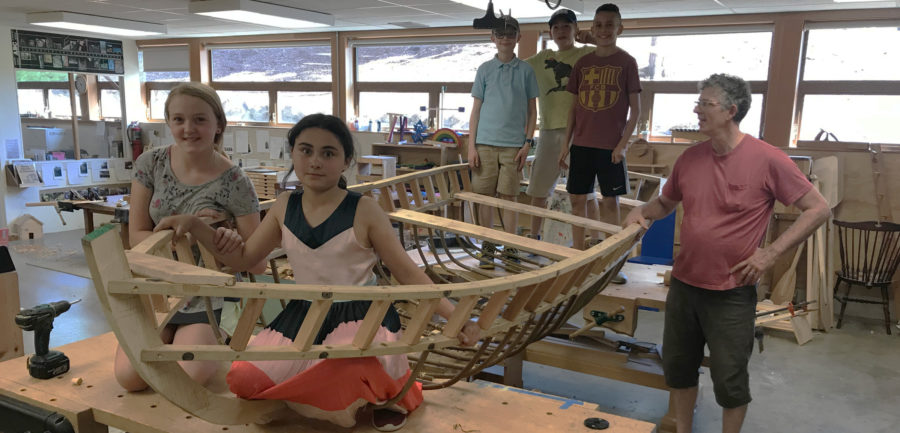
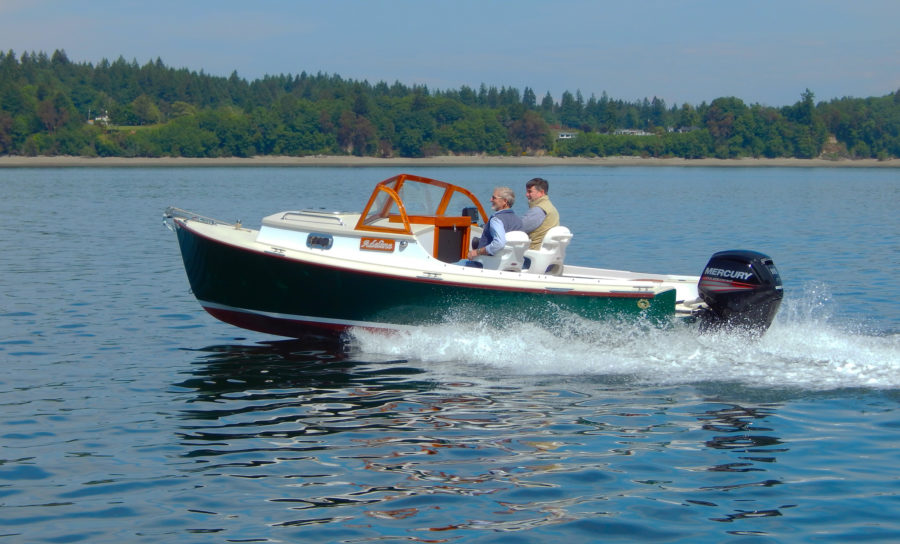
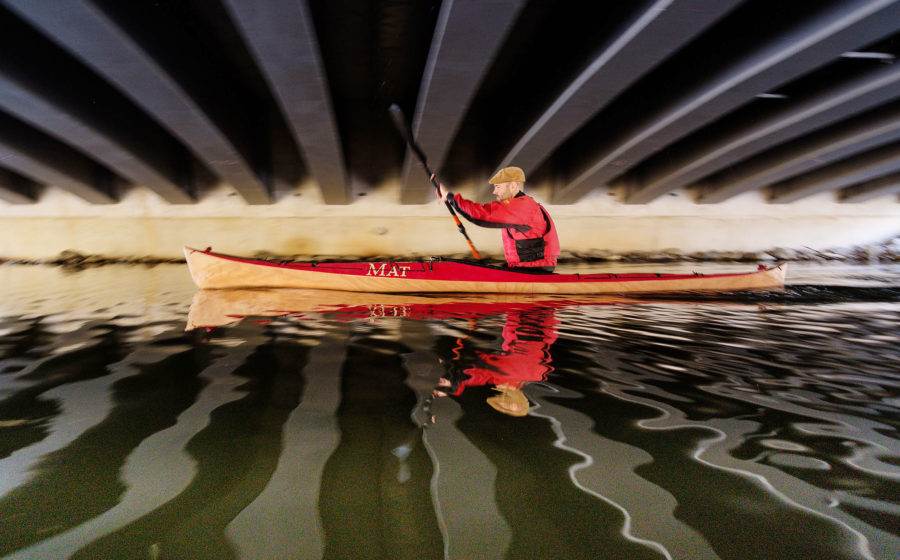
Really appreciate this review. I’ve been wanting to hear details about this boat.
Thanks
Having grown up in Duluth, MN, on the shores of Lake Superior, and having sailed the Great Lakes in the Merchant Marine, I have the deepest respect (pun intended) for the incredible power of Lake Superior. I would love to hear more of the adventures of John G. on Lake Superior. What a great looking boat. I have to shift gears to think of cruising on Gichi-Gami, the “Great Sea”, in a small boat.
Love that interior!
Any info on the bilge pump setup?
Guider #1 has a manual bilge pump mounted on the aft bulkhead that can be operated while at the helm. The discharge is plumbed to a thru-hull fitting aft on the port side far above the waterline. The long intake hose can reach any place in the cockpit or cockpit compartments.
Brian, your Shallow Water Sailor website is very cool. Thanks for all the interesting sailing articles on the site.
Brad
Thanks for this. I have been wanting to build either this boat or the French Ilur. Tough choice.
Are there any pictures of this boat with the cockpit tent set up? It would be nice to see how that set up works.
I too would like to see the inside with the cockpit tent set up. This is a really nice boat.
Would anyone know the approx draft with the rudder fully deployed but the board fully up? Many thanks, David